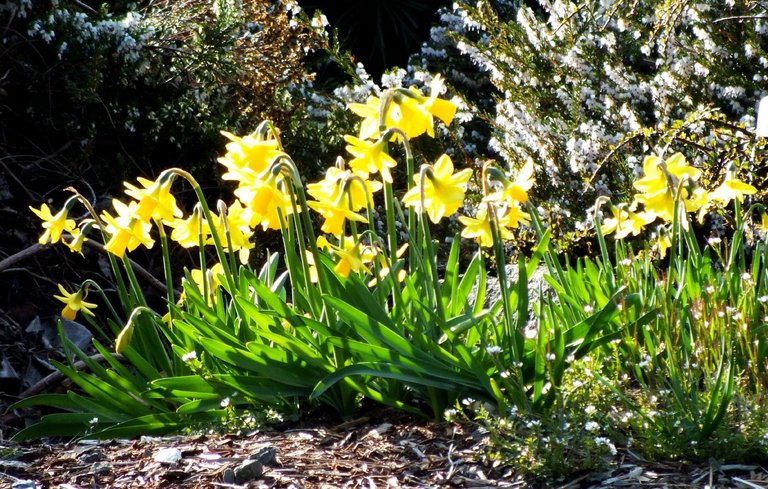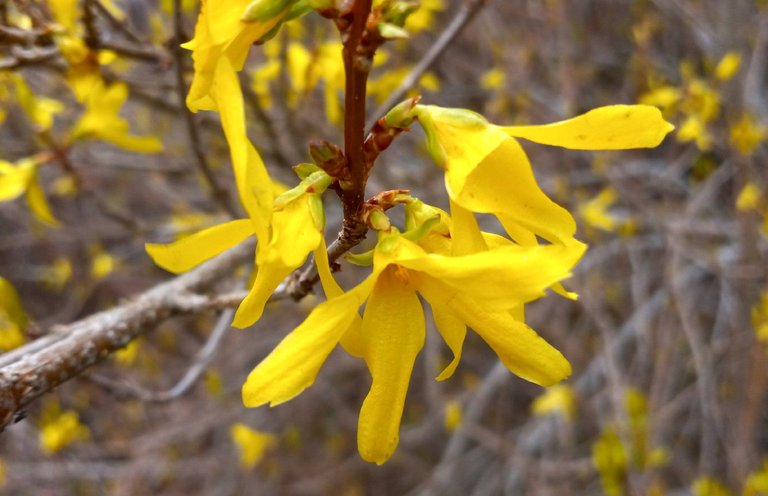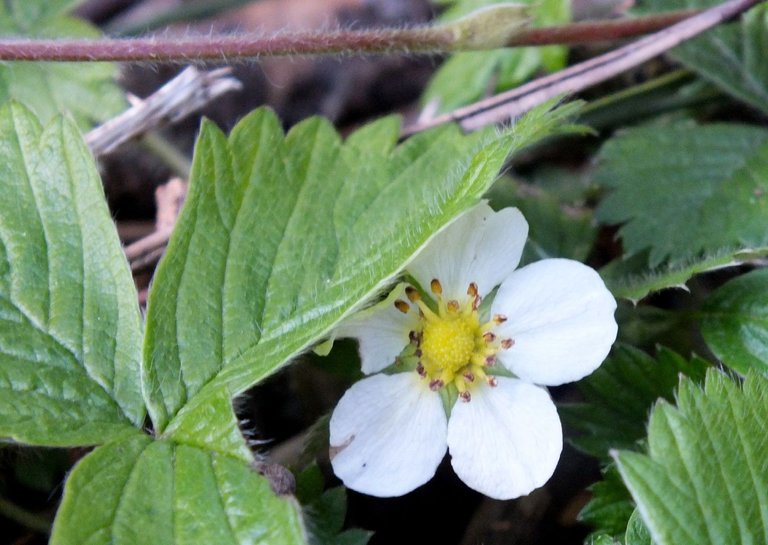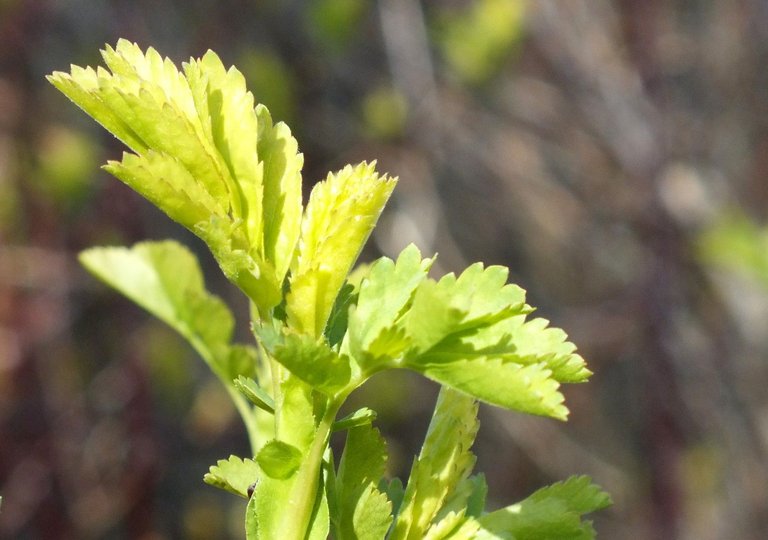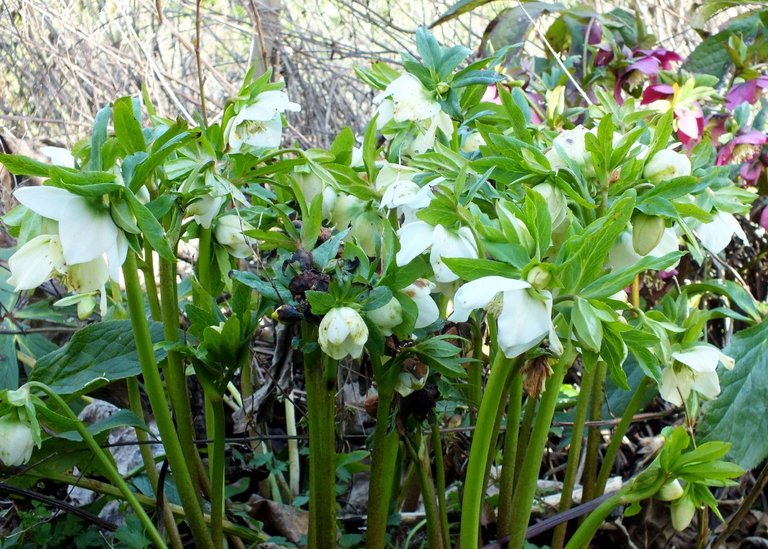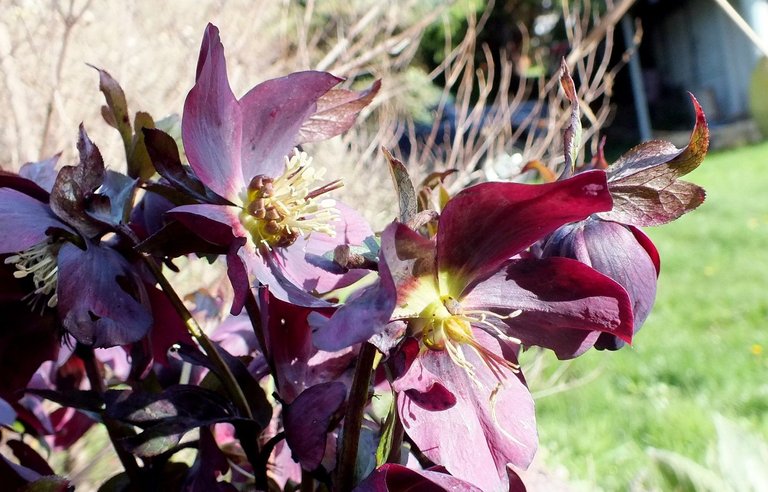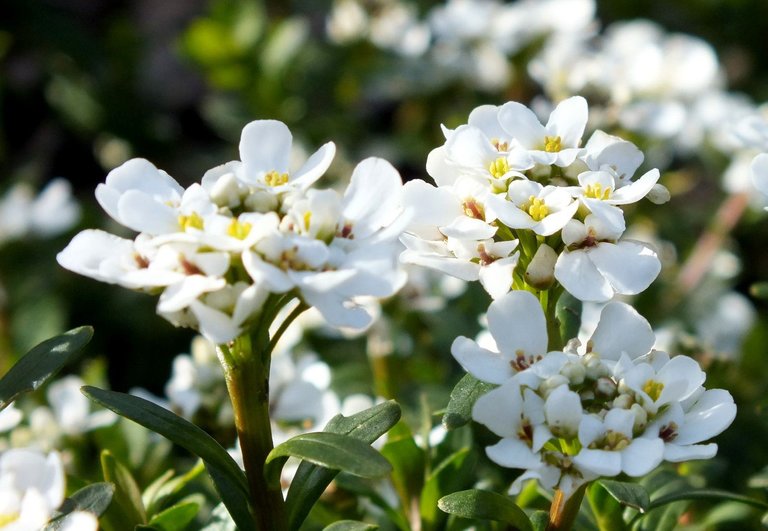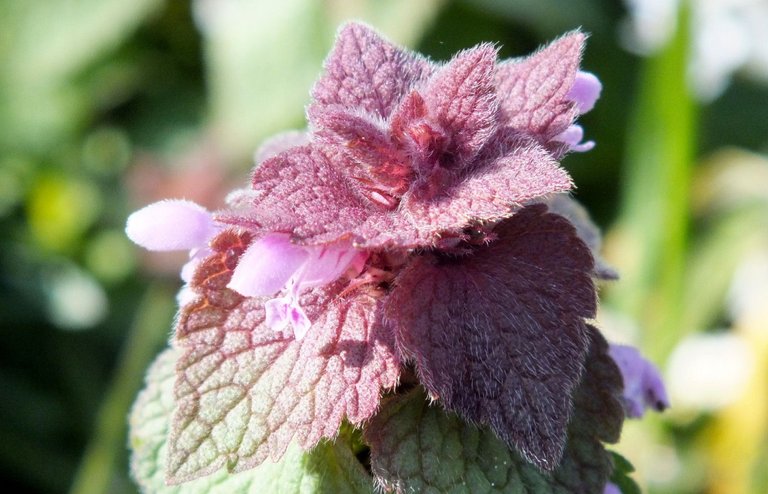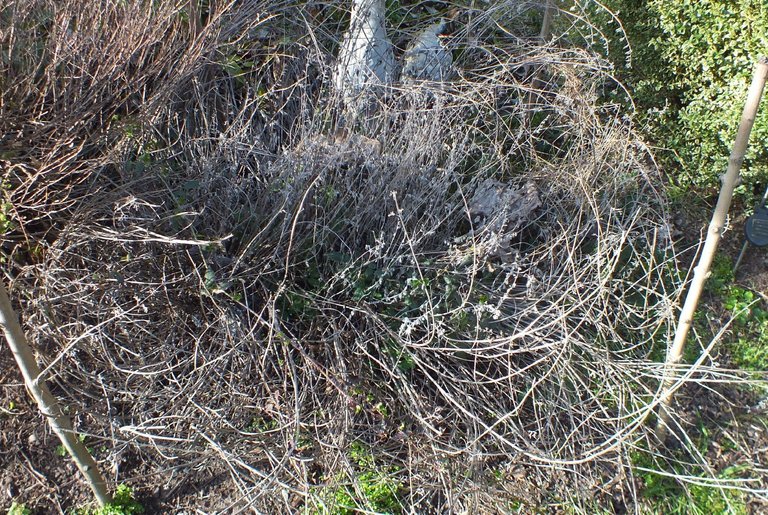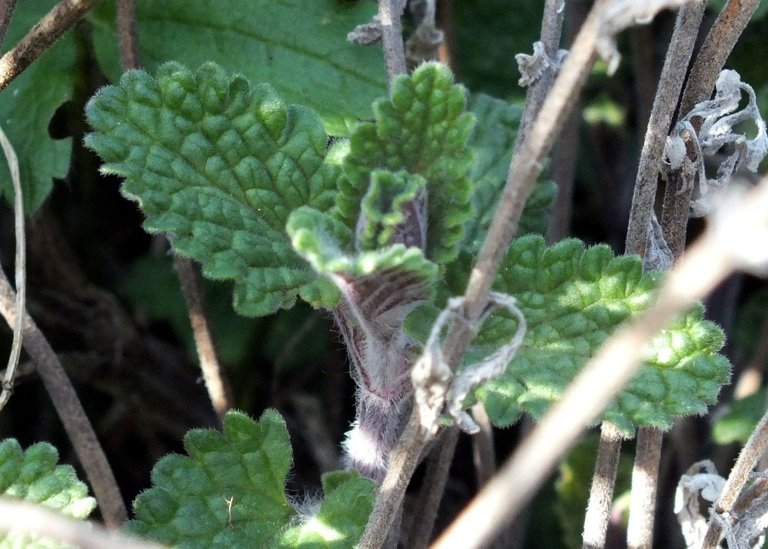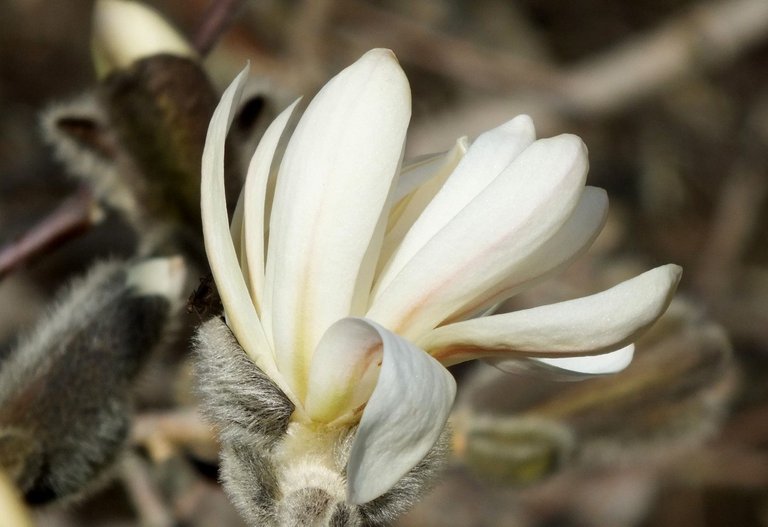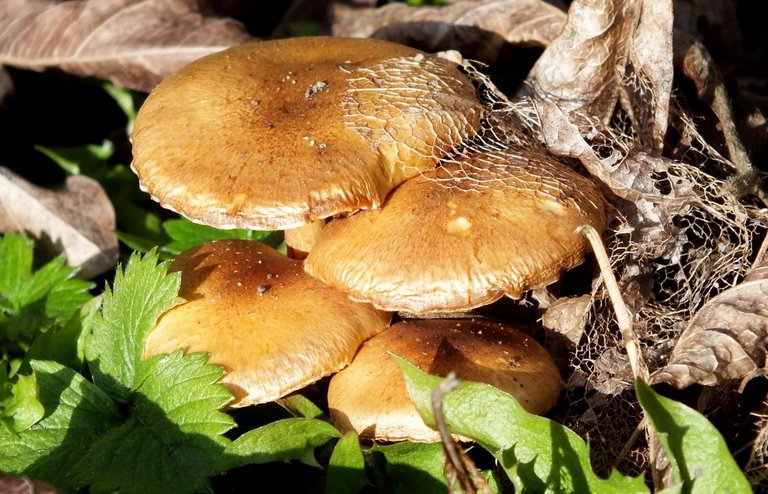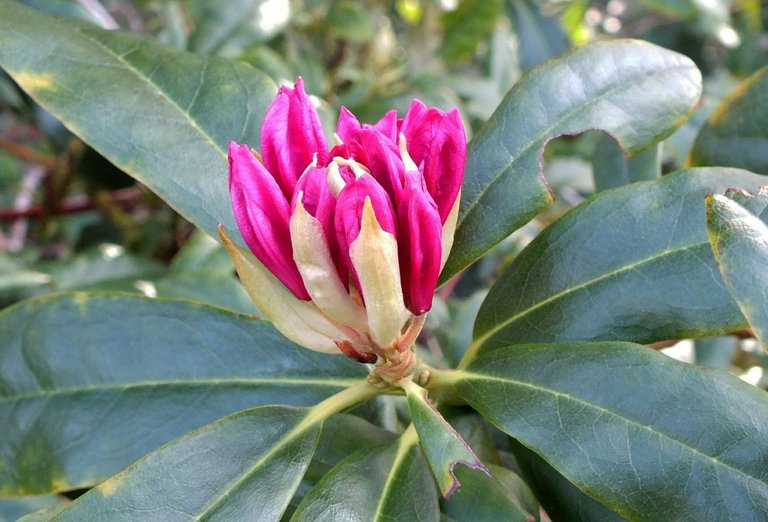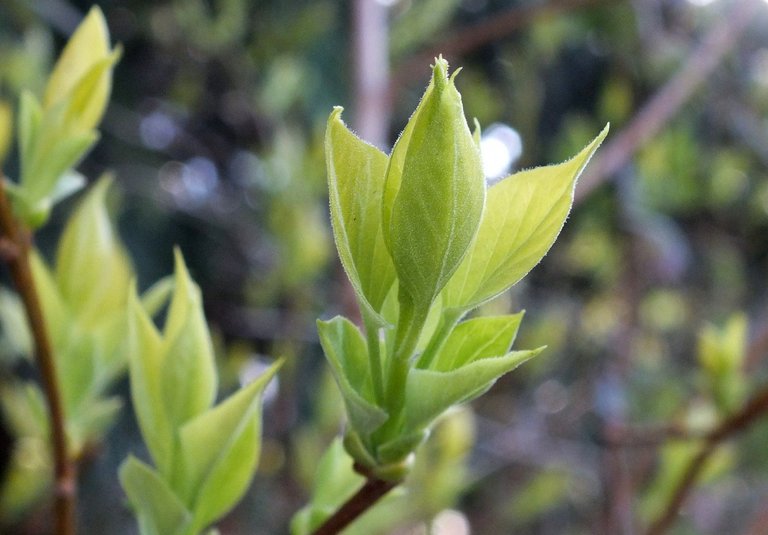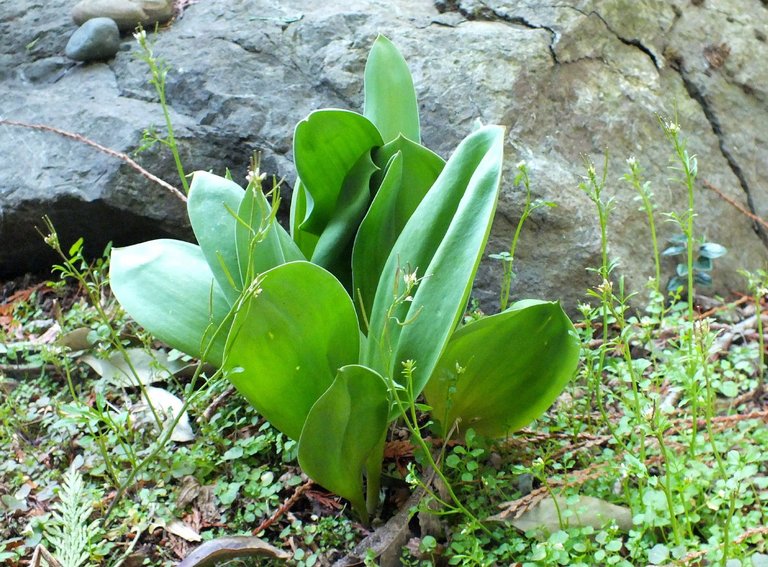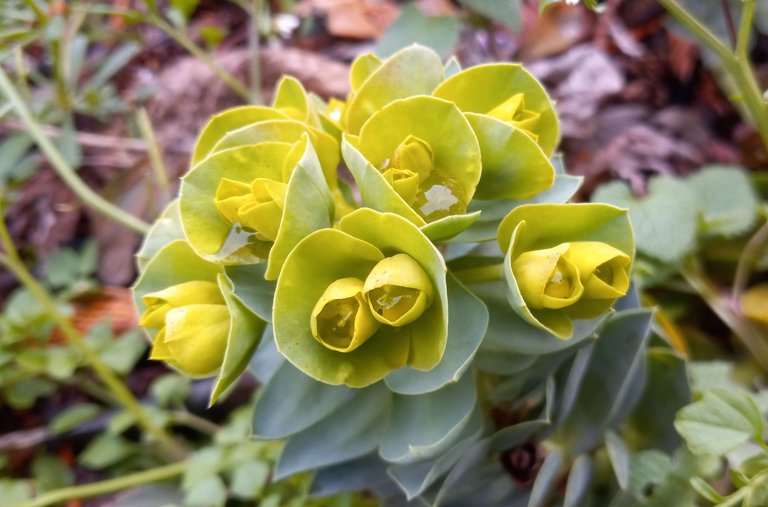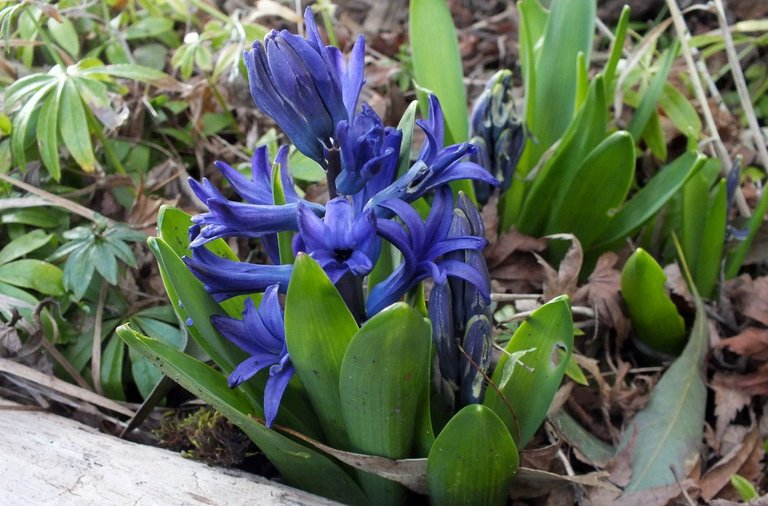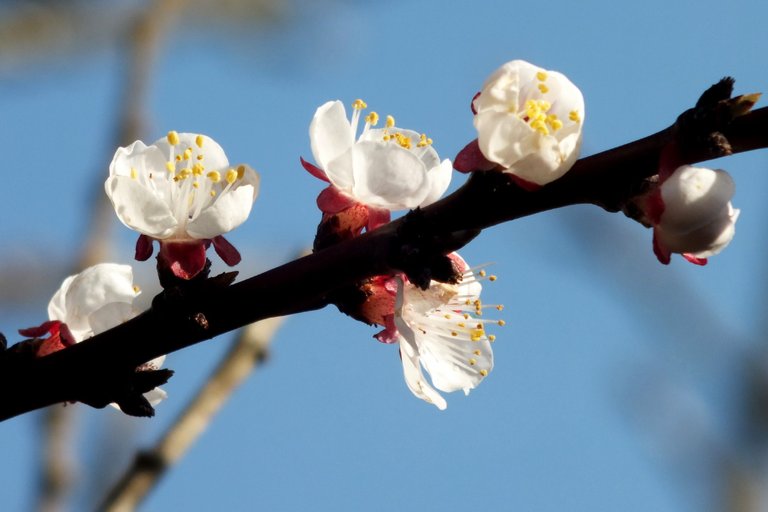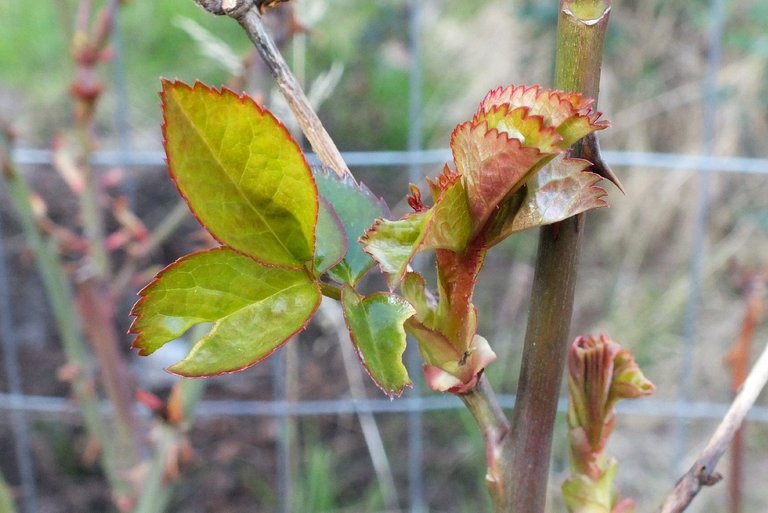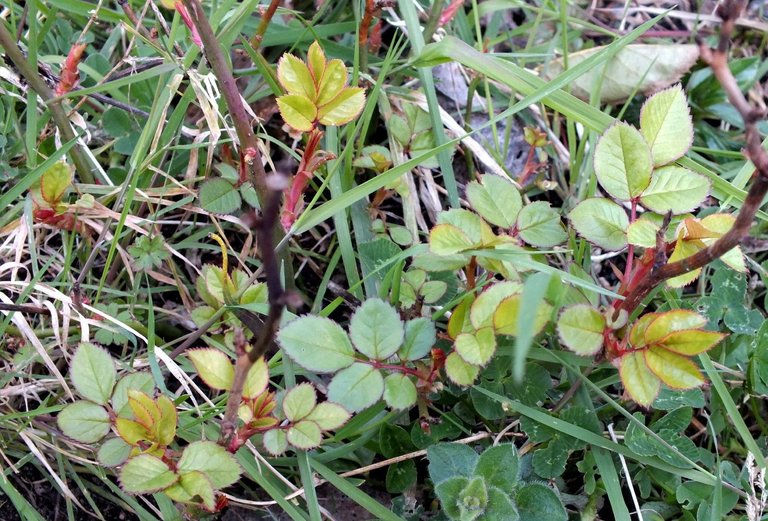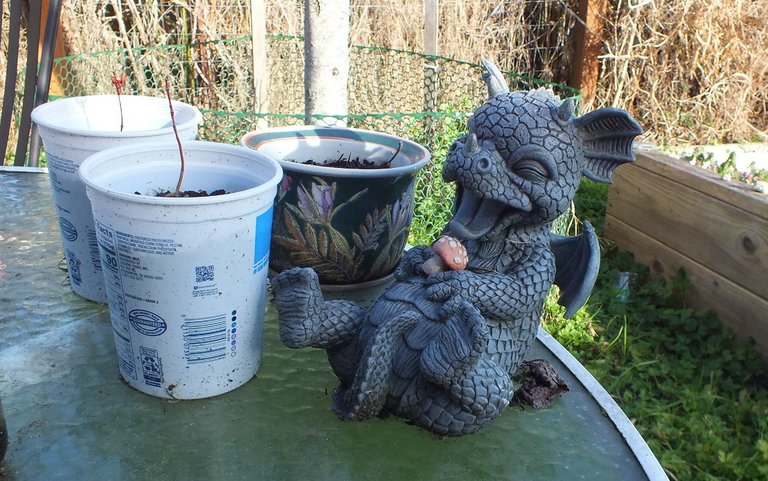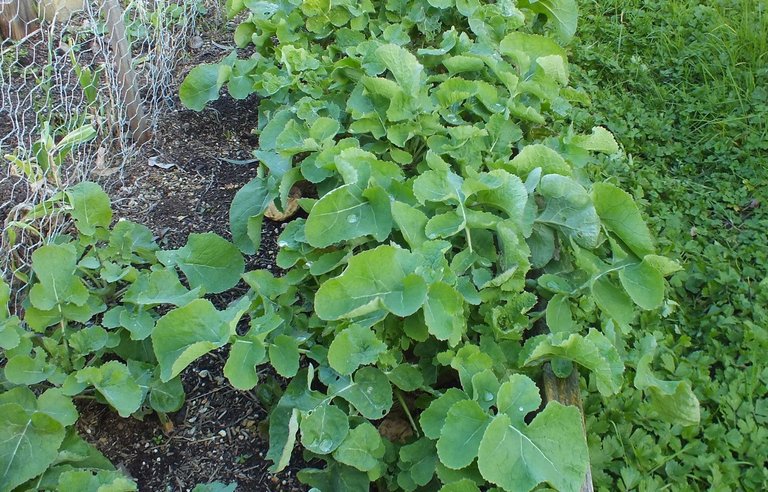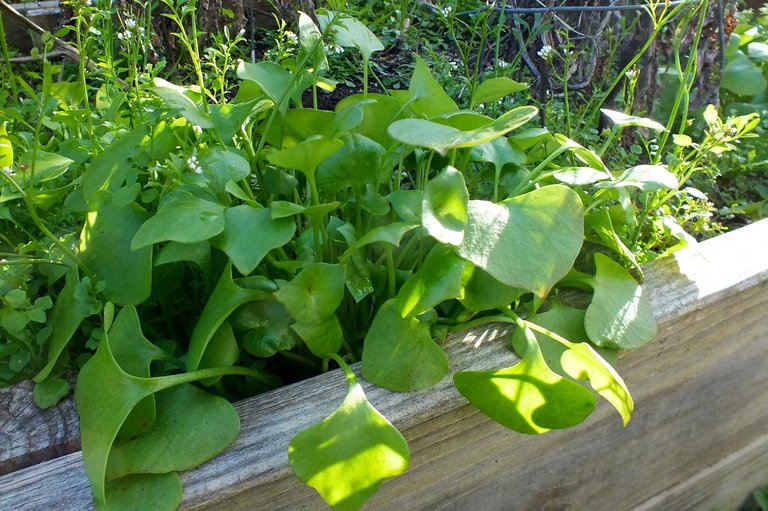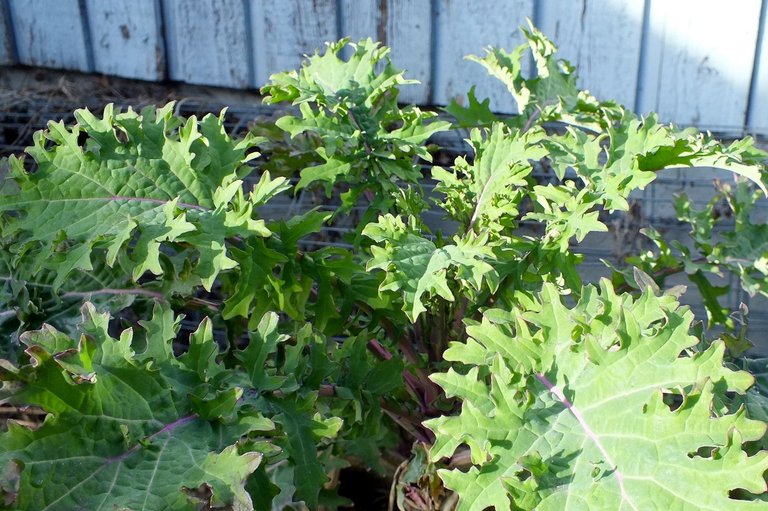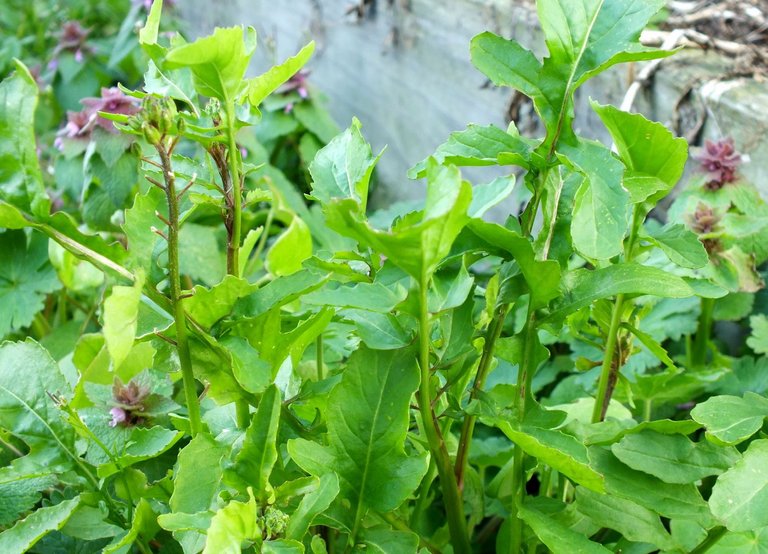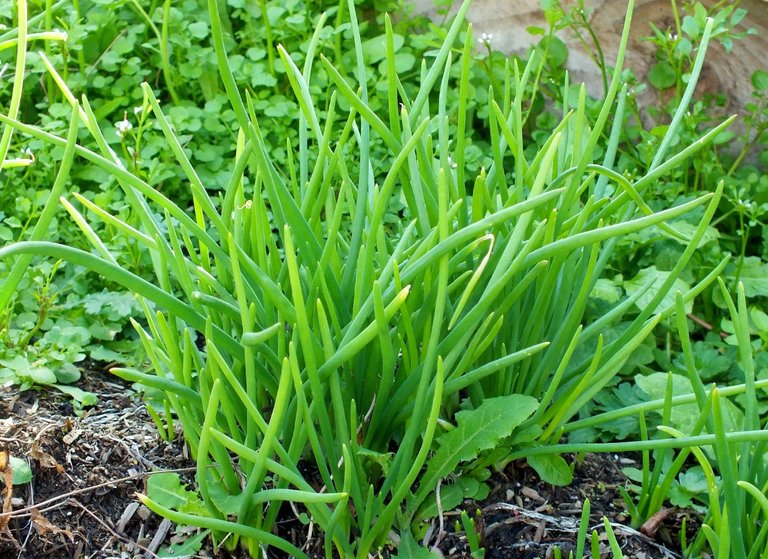The days are finally getting a little longer around here, and we have a few more sunny days than we have had in a while.
With so many miserable and cold and rainy days on the menu, the gardening mood has not really struck us but there was a bit of sunshine today so it seemed like an appropriate time to look for signs of life in the outside world!
Freeze Damage?
Looking around outside was a little more nervous making this year than in years past, because we had an extreme cold snap in February that likely killed many things that are not used to such cold. According to some sources, that period included the coldest days we have seen in 60 years.
Our forsythias were actually starting to bloom when the cold snap hit, so virtually all the flowers froze off and the limited amount of flowering we are seeing now has set since the freeze. We were concerned that they would end up only shooting up green leaves later in spring, but no flowers at all. Thankfully that was not the case!
Well, how about that! The wild strawberries in the back yard are not only looking like they're shooting new leaves; there are even a couple of flowers! That was unexpected.
Hardier plants like wild roses (above) also seem to have done okay with the cold, and they are pretty much setting leaves at the same time as they have in years past.
Similarly, the hellebores are extremely hardy and they seem to do fine no matter what the weather brings us. We have even had fairly substantial snows on top of their blooms and then they just keep going, happy as can be.
The purple hellebores offer some of the only color we get in the garden, this early in the season!
The candytufts (above) are blooming — these little guys are winter bloomers at the best of times, and they seem to have suffered no ill effects. And of course the purple deadnettles (below) are also not suffering.
This is one of nature's great multi-use medicinal plants, often overlooked as "just a weed," but it has astringent, purgative and diuretic properties and can also be used as an anti-inflammatory, anti-fungal, and anti-bacterial. And you can make a nice tea with it! It's a favorite with many foragers.
The above "tumbleweed looking" mess used to be our giant catmint bush, and it looks pretty much dead. However if you poke around in it and go down to the very bottom there are actually fresh green shoots coming up (below) so it looks like it's going to make it! We just need to trim the tops off and clean it up a bit.
New growth on the catmint
Normally, this becomes a mass of greenery and purple flowers that attract a vast array of bees, butterflies and other insects.
Our Magnolia (below) seems to have survived all right and is setting blooms pretty much like years past. I think it hadn't quite started budding out when the frost hit.
The particular "Encore" strain is more of a bush than a tree
And then, all of a sudden, we have shrooms growing below the magnolia... which is sort of unusual to see this early in the year but it has been a confusing and strange year, whether wise!
Love the delicate filigree of decaying leaves...
This particular rhododendron seems to have suffered no ill effects; including it here because this is our earliest bloomer and while it is setting buds a little later than normal, it looks like we're going to have some nice flowers and another two or three weeks.
A little more spring color!
The lilacs are also starting to set leaves; these particular plants set white flowers, and even though they face north they are actually doing quite well.
Tulips, of course, don't really mind the cold so they're doing their usual tulip thing! That said, they will likely end up blooming a couple of weeks later than normal. Time will tell!
This little euphorbia (below) is actually a "volunteer" that lives on, by our driveway. It originally came from a pot of various greenery that was decimated by our local herd of deer several years ago... then it self-seeded, and now we have several fairly healthy specimens that weathered winter quite well.
We were quite concerned that our hydrangea was frozen to death because of the single digit freeze, but it is doing its best to come back as well even though it seemed quite dead for a while. Nature is really remarkably hardy! Don't have a photo, as there isn't much to look at... yet.
Interestingly enough our pink camellia, which is normally a mass of buds and blooms already in February, is only just now setting buds and we'll see if they actually turn into flowers. We had a couple of stray flowers but nothing since then.
This solitary blue Dwarf Hyacinth is doing its thing. They tend to get decimated by slugs and sometimes rabbits; hopefully we can save a few this spring. They really are wonderfully fragrant!
Our aging apricot tree is setting a few blooms, although it is rather later than we are used to. It also looks like about half the top of the tree has died or is running really far behind. Sadly, I think it is more likely that it has died. So we have a lot of trimming work ahead of us!
Apricots aren't really supposed to grow in this part of western Washington, but we usually get a few apricots each year, and we have had a couple of bumper crop years in the decade+ we have been here.
There are a few shoots on the roses, but they are also looking like they're rather far behind their usual spot for this time of the year. Looks like there are already some critters munching on the leaves, even while it is still freezing at night!
Even this little "Parade Rose" — which only grows to be about 12-18 inches tall — is starting to show signs of life.
The inner vegetable garden area has that somewhat tired, neglected and messy look of winter-after-snow-and-frost, and our little garden mascot looks happy as always, but I think she's of the opinion that it's time for us to get out here and start tearing into things.
Of course we do plan to start gardening soon but we're still waiting for the last snowflakes to come out 10-day forecast! I wonder if the tiny Japanese Maple saplings in the tubs made it...
Occasionally you do get a surprise or two — these very healthy looking greens (above) belong to the smallest of our rutabagas from last year; the ones that didn't get picked because they were rather worm eaten and tiny... but they're just going great guns now! And it looks like some kind of rodent has been enjoying part of the roots, as well.
Certain things, like this "miner's lettuce," seem to do consistently well no matter what and we have a plentiful supply of it pretty much everywhere. It basically grows wild around here and we let it be because it's a nice addition to salads. Another great foraging plant!
This kale had also proven to be super hardy and made it through our "deep freeze week." Didn't really expect much from these after the first few frosts, but they're doing quite well. The taste is a little on the bitter side, but it's always nice to have a few winter greens!
A bit of stray arugula has also made it through the winter. It is not actually growing in any of the beds, and is most likely the result of seeds that fell onto one of the paths between the beds. It is really really peppery, but still a nice addition to salads!
We shall end this garden walk with the Everlasting Shallots." We started off with just a handful and actually though some of them were garlic, and we have harvested them extensively... but they just seem to keep proliferating faster than we can dig them up. It's actually not a bad problem to have because they are delicious in everything from omelets to all manners of other cooking... and they could easily be considered our most successful form of onion!
Yes, there are onions under there!
There are a few things we remain in "wait and see mode" on. Will the rhubarb come back? No telling on that one; also no telling how many of our blackberry vines are going to actually be alive once the sun warms things up a little bit. Most of them look surprisingly dead compared to what we've seen in past years. On the other hand the black raspberries — which we've been trying to get to grow a little bit more vigorously — seem to be doing okay.
It's all a poignant reminder that gardening is a matter of doing the best you can while also being aware that you don't have control over everything and nature is going to do its own thing no matter what you may want it to do!
More updates as gardening season unfolds!


Thank you for reading, please share your thoughts because I love comments and then take a minute to look at the community of #Silverbloggers and join us if you think you qualify. (If you think you qualify, you probably do!)
